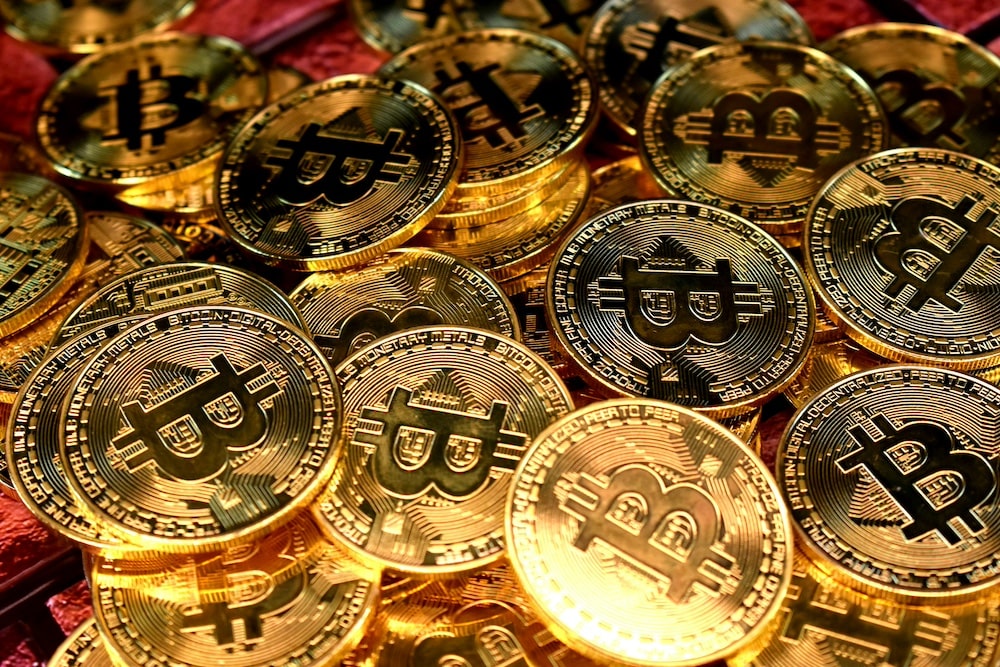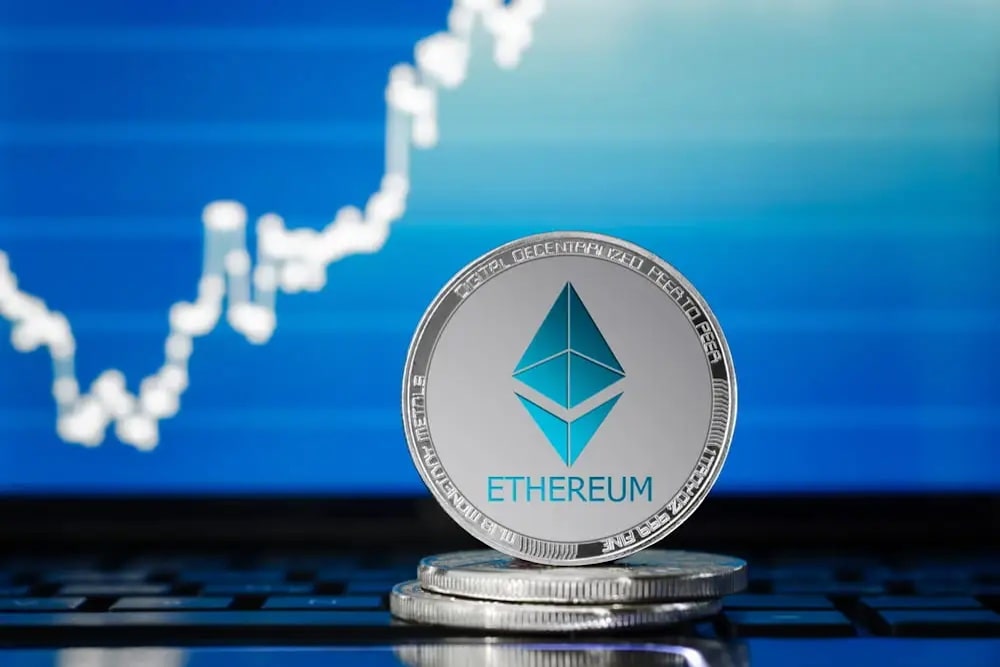Despite Bitcoin’s price briefly rising above $65,000 before falling below $64,000, on-chain data shows that 87% of BTC holders remain in profit, having acquired BTC at lower average prices.
MicroStrategy recently bought 11,931 BTC for $786 million using proceeds from a convertible note offering. Despite a slight rise in Bitcoin’s price to over $65,000, it has since fallen below $64,000. However, on-chain data from IntoTheBlock shows that 87% of BTC holders are still in profit. Most holders acquired BTC at average prices lower than the current level.
The on-chain data reveals that 46.72 million addresses are currently profitable, while 5.68 million addresses, or nearly 11%, are holding their coins at a loss. Only 2.67%, or 1.44 million addresses, bought BTC at prices close to the current trading level.
Sell-Off Pressure and Miner Capitulation
Bitcoin, which hit an all-time high above $73,000 in March, has struggled in recent weeks. It dropped to $56,000 in early May before rising above $71,000. However, it faced rejections at this level on May 21 and again in early June. On Friday, Bitcoin’s price fell over 3% to below $64,000, while Ethereum also dropped to under $3,500.
Currently, BTC is priced at around $63,700 and ETH at about $3,503. Over the past 30 days, Bitcoin is down 8% and Ethereum is down 6%. Several factors have contributed to this decline, leading to bearish market sentiment. IntoTheBlock analysts see the $61,900 to $63,800 range as a key support area.
As spot Bitcoin ETFs experience net outflows, miners have continued to sell post-halving. On-chain data indicates that miners sold more than 30,000 BTC in June. Bitcoin analyst Willy Woo commented on X that miner capitulation might remain a significant downside factor for BTC in the short term. He believes this capitulation is taking longer than in previous post-halving periods, possibly due to ordinal inscriptions that have increased miner profits. “I’ll break it down in simple terms. When does Bitcoin recover? It’s when weak miners die and hash rate recovers,” Woo tweeted.
Additionally, there has been increased sell-off pressure this week, potentially due to the German government. Earlier this year, German police seized 50,000 BTC, worth $2.1 billion at the time, from the pirated film site “Movie2K.” The value of these coins has since risen to over $3 billion. Recently, the address linked to this seizure moved over $110 million worth of BTC to exchanges like Kraken and Bitstamp.









